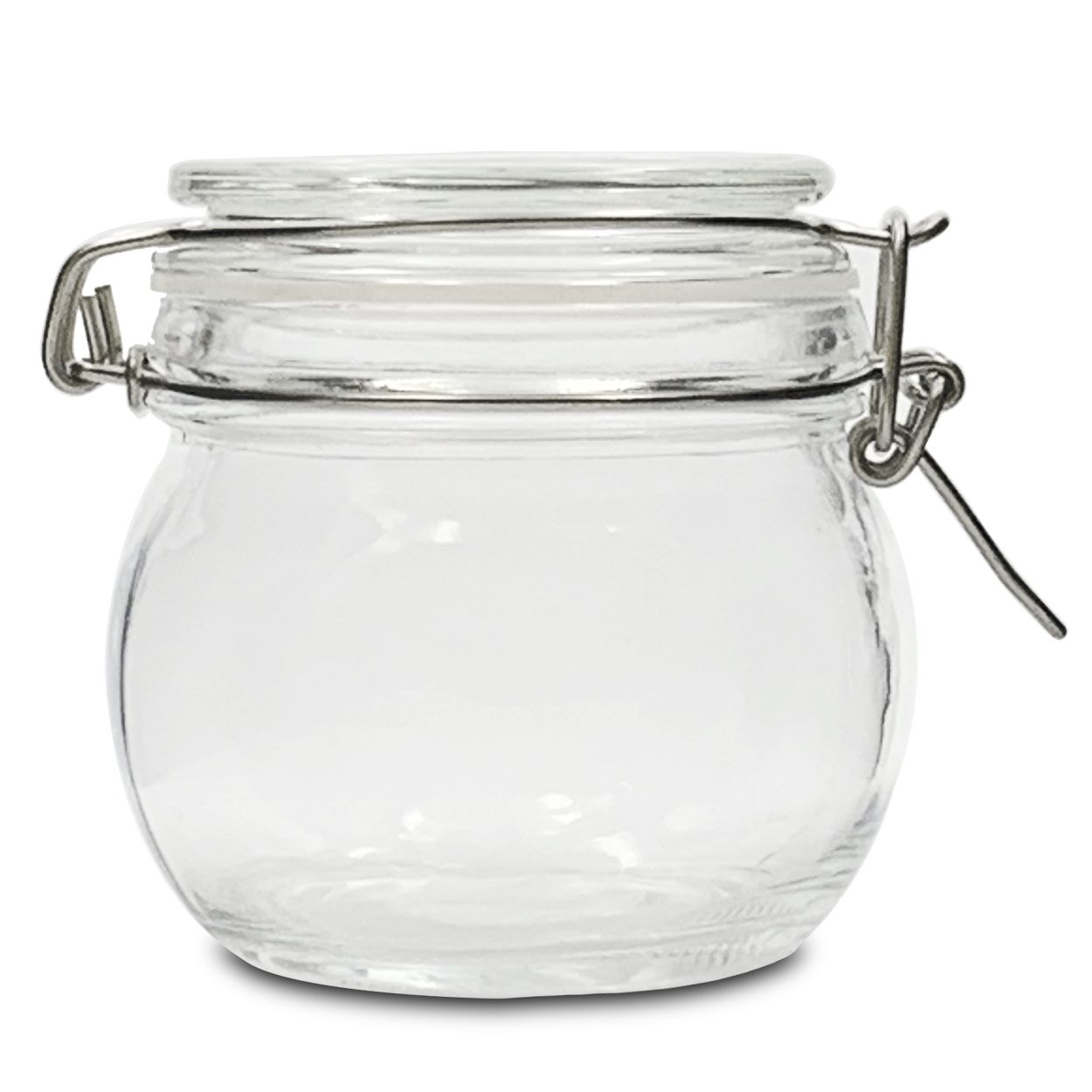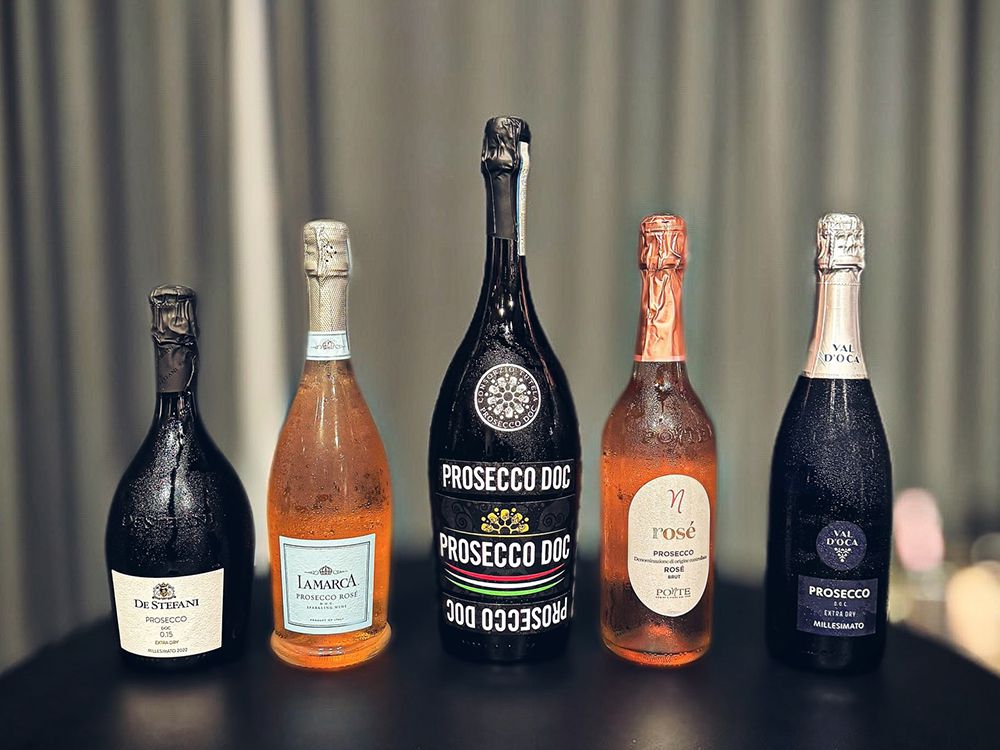Quick Answer:
Glass containers are the best option for storing food in the fridge, as storing food in plastic containers poses a higher risk of contamination compared to room temperature storage.
Summary
When choosing the best containers for storing food in the fridge, both glass and plastic containers have their advantages, but glass containers stand out for their safety and effectiveness. Glass is a safer option because it is free from harmful additives, ensuring that food stays free from contaminants. This article explains the differences between glass and plastic storage containers and offers insight into their impact on food preservation.
Introduction to Food Storage Containers
Storing food safely in the fridge is crucial for maintaining its quality and preventing contamination. Choosing the right food storage containers plays a significant role in this process. Among the various options available, glass food storage containers have gained popularity for their safety, durability, and effectiveness in food preservation. This article explores why glass containers are generally considered the best choice for storing food in the fridge, and how they compare with plastic containers.
Glass vs. Plastic: A Comparison of Food Storage Containers
Health Considerations of Plastic Storage Containers
Plastic food storage containers have been widely used due to their affordability and convenience. However, they contain chemicals like plasticizers and other additives, which may leach into food, especially when exposed to cold temperatures in the fridge. Additives such as BHA, polystyrene, and PVC can have harmful effects on human health, including carcinogenic properties and endocrine disruption. Prolonged exposure to these chemicals may lead to serious health concerns, including developmental issues and immune system suppression, as highlighted by the Ecology Center of California.
Given these health risks, many consumers are turning to glass food storage containers as a safer alternative. Unlike plastic, glass does not contain harmful chemicals that can leach into food, making it the preferred choice for health-conscious individuals.
According to the California Ecology Center, additives in plastics can have adverse health effects. A detailed table is available on its website.

Advantages of Glass Storage Containers
Glass containers are non-toxic and do not release harmful chemicals into food, making them a safer and more reliable option for storing food in the fridge. Additionally, glass is an excellent insulator, helping to maintain a stable temperature inside the container. This prevents the growth of bacteria and fungi, both of which require higher temperatures and moisture to thrive.
Unlike plastic containers, glass containers are generally more resistant to staining and odors, which makes them ideal for storing food like tomato sauce or strong-smelling leftovers. Their airtight seals also contribute to their ability to preserve food for longer periods, preventing spoilage caused by exposure to air and moisture.

The Science Behind Food Spoilage and Storage Containers
Food spoilage occurs when bacteria or fungi break down food, often due to unfavorable conditions such as warmth and humidity. The airtight seal provided by a food storage container is essential for preventing spoilage, as it reduces the exposure to oxygen and moisture.
Both glass and plastic containers, when sealed correctly, are capable of preventing the entry of new bacteria or spores that could spoil food. However, glass containers are often preferred because they provide a more durable and long-lasting seal, ensuring that food remains fresh for longer.
Factors That Affect Food Spoilage
- Temperature: Higher temperatures can accelerate the growth of bacteria and enzymes that decompose food. Storing food in a fridge with the proper temperature range is essential to reduce spoilage.
- Humidity: Excess moisture in the container can lead to mold growth and bacterial proliferation. Both glass and plastic containers help control humidity, but glass containers are more effective at maintaining a stable environment.
- Oxygen and Light: Light and oxygen can also contribute to food spoilage. The airtight nature of food storage containers blocks out both light and oxygen, creating an optimal environment for preserving food.

Choosing the Best Food Storage Containers for the Fridge
When selecting the best food storage containers for your fridge, it’s important to consider the material, size, and type of food you intend to store. Below is a guide to help you choose the most suitable food storage containers based on your needs.
| Type of Container | Material | Best for | Key Features |
|---|---|---|---|
| Glass Food Storage | Glass | Leftovers, sauces, fresh produce | Airtight, non-toxic, resistant to staining and odors |
| Plastic Food Storage | Plastic | Snacks, dry foods, meal prep | Lightweight, stackable, affordable |
| Glass Storage Set | Glass | Meal prep, bulk food storage | Stackable, microwave and freezer safe |
| Plastic Storage Set | Plastic | Dry food storage, easy organization | Durable, various sizes |
Key Considerations
- Size: Choose containers that suit your food storage needs. Smaller containers are ideal for snacks or individual portions, while larger containers are better for bulk storage or meal prep.
- Airtight Seal: Ensure that the container has a secure lid with a strong seal to keep food fresh.
- Material: While plastic containers are often cheaper, glass containers offer better long-term value due to their durability and safety features.
Storing Food in the Fridge: Best Practices
To ensure that your food storage containers are effective, it’s important to follow best practices for fridge storage. Here are some tips to help preserve food in the fridge:
* **Use airtight containers**: Always choose food storage containers that have a tight-fitting lid to prevent air and moisture from entering.
* **Avoid overpacking containers**: Overstuffed containers can cause air to circulate, which may lead to quicker spoilage. Keep your containers appropriately filled.
* **Store food at the right temperature**: Ensure that your fridge is set to the optimal temperature range (typically 37-40°F or 3-4°C) to slow down bacterial growth.
* **Label your containers**: It’s a good idea to label food storage containers with the contents and date, so you can keep track of when the food was stored.
Considerations for Temperature Resistance in Glass Containers
It’s important to note that standard soda-lime glass has limited resistance to temperature changes. While it’s an affordable option for storing food at room temperature, such as in soda-lime glass glass fermentation jars, it is not suitable for extreme temperature conditions. These containers should be used only at room temperature, including during cleaning. Some people may attempt to sterilize them by placing them in boiling water, which can result in cracks or breakage. Similarly, while soda-lime glass containers can be safely used in the upper section of the fridge, they should not be placed in the freezer, as they can crack due to freezing temperatures.
For those requiring more robust temperature performance, high borosilicate glass food storage containers are a better choice. These containers can withstand a wider range of temperatures and can even be used directly on a flame for cooking. For example, some high borosilicate glass teapots can be placed directly over a fire for boiling water, making them an ideal option for users with more demanding temperature requirements.

Conclusion
When it comes to storing food in the fridge, glass food storage containers are the safest and most effective option. They provide an airtight seal, prevent contamination from harmful chemicals, and help preserve food for longer periods. Whether you’re looking for best food storage containers for leftovers, meal prep, or bulk food storage, glass containers are a reliable choice. Be sure to consider factors like size, material, and lid type when selecting the best storage solution for your needs.
With the right food storage containers, you can ensure that your food stays fresh, safe, and ready for consumption whenever you need it.
Here’s a link on this from the European Food Information Council: What foods should (or not) be stored in the fridge?
FAQ
What kind of containers should you refrigerate food in?
Glass containers are often the best choice for refrigeration. They are non-porous, which means they won’t absorb food particles, odors, or stains, and they maintain their shape even in varying temperatures. Additionally, glass is more effective at keeping food fresh for longer due to its ability to create a tighter seal, reducing exposure to air
Which container is best for a fridge?
For the fridge, glass containers are generally recommended due to their non-porous nature and superior ability to maintain food freshness without transferring odors or chemicals.They also withstand both freezing and microwave conditions without leaching harmful substances. However, if you’re looking for lightweight, stackable options, plastic containers may be more convenient but should be chosen carefully (look for BPA-free, food-safe plastics)
Is glass or plastic better for storing food in the fridge?
Glass is typically considered superior for food storage in the fridge. It is non-toxic, can withstand both hot and cold temperatures, and is much more sanitary since it does not retain food odors or stains like plastic does. On the other hand, plastic containers are lightweight and convenient for short-term storage or for use when transporting meals, though they can degrade over time and may leach chemicals if not handled properly.
What is the healthiest container to store food in?
Glass is widely regarded as the healthiest option for food storage. Unlike plastic, which can leach harmful chemicals when heated or exposed to certain conditions, glass is non-reactive and free from substances like BPA, making it a safer choice for storing food, especially for long periods.








































